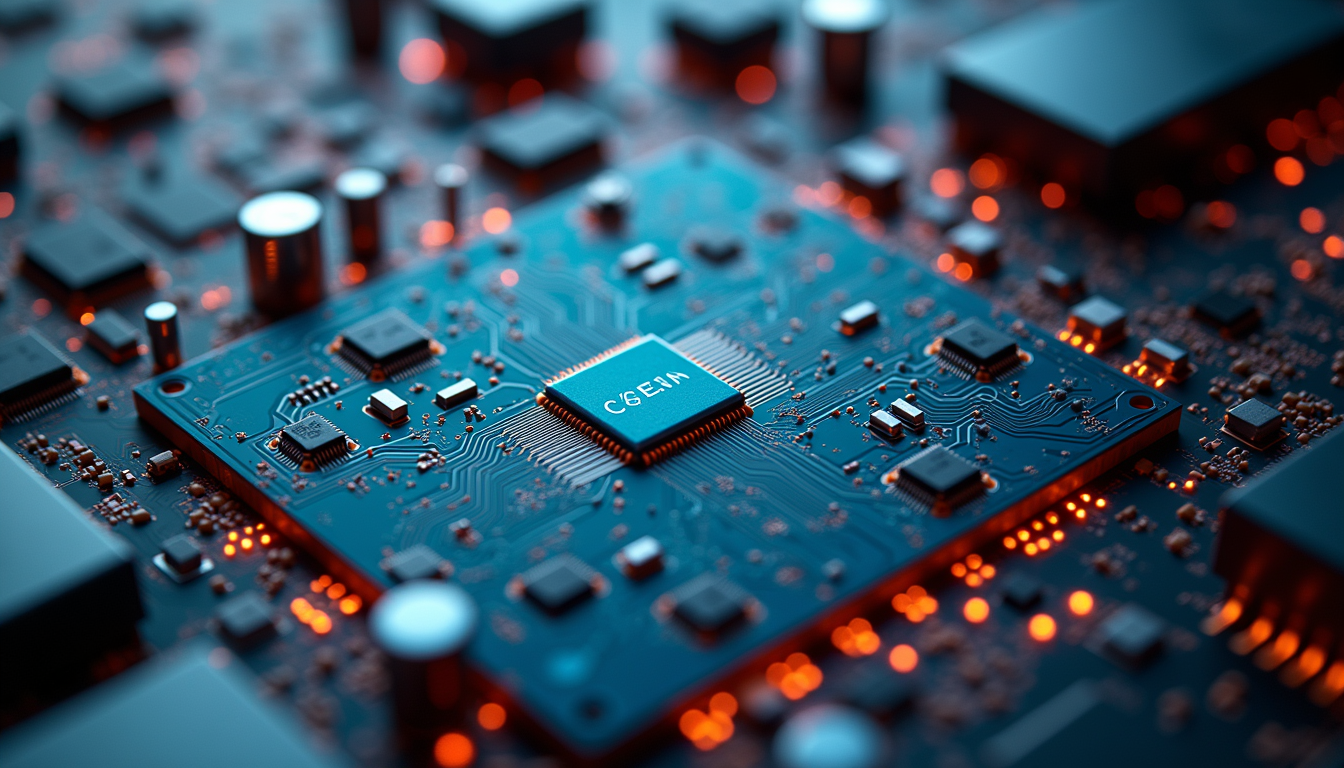The quest to understand the fundamental laws of the universe has led scientists down many intriguing paths. One of the most fascinating intersections of physics is the relationship between quantum mechanics and general relativity. These two core theories have been extensively studied separately, but their unification remains one of the greatest challenges in theoretical physics. Recent advancements in manipulating ultracold atoms have opened up new avenues for testing the predictions of relativity at the quantum level. By confining and rotating these extremely cold atoms within laser-generated "Ferris wheels," researchers can explore the effects of relativity in an environment that emphasizes quantum mechanics.
The term ultracold atoms refers to atoms that have been cooled to temperatures near absolute zero (about -273.15°C or -459.67°F), where their motion decreases significantly. At these temperatures, quantum effects become much more pronounced, allowing scientists to observe phenomena typically hidden at higher temperatures. The ability to manipulate these atoms using laser light has revolutionized quantum physics, enabling experiments thought to be purely theoretical just years ago.
This post explores how ultracold atoms can be utilized to test the predictions of relativity, the significance of these experiments, and their potential impact on our understanding of the universe.
The Intersection of Quantum Mechanics and Relativity
Quantum mechanics and general relativity describe the universe at vastly different sizes and scales. Quantum mechanics governs the behavior of particles at atomic and subatomic levels, while general relativity explains the gravitational interactions of massive objects on a cosmic scale. Despite their successes, these theories remain incompatible in their current forms, leading to a search for a unified theory that encompasses both.
One key prediction of general relativity is that mass and energy warp spacetime, affecting the motion of objects. In the quantum realm, particles exhibit wave-like behavior, leading to phenomena such as superposition (where particles exist in multiple states at once) and entanglement (where particles become linked in such a way that the state of one instantly influences the state of another). The challenge lies in creating a comprehensive understanding that reconciles these two frameworks. For example, the famous quote by physicist Richard Feynman illustrates this challenge: "If you think you understand quantum mechanics, you don’t understand quantum mechanics."
Ultracold Atoms: A New Tool for Testing Relativity
Ultracold atoms offer a groundbreaking platform for testing the predictions of relativity in a controlled environment. By using laser light to create optical lattices (infrared "grids" formed by intersecting laser beams), researchers can confine atoms in specific patterns—similar to a Ferris wheel. This setup allows scientists to rotate the atoms, directly observing their behavior under the influence of relativistic effects.
The precision with which researchers can manipulate the motion of ultracold atoms makes it possible to examine critical phenomena, such as time dilation, where time moves slower in stronger gravitational fields. For instance, studies have shown that an atom's energy state can shift significantly in different gravitational environments; experiments have demonstrated that an atom in a stronger gravitational field can show a time dilation effect of about 7 microseconds.
Experimental Design and Methodology
The experimental design for examining relativity with ultracold atoms consists of several steps. First, researchers utilize laser cooling techniques to create a cloud of ultracold atoms. Once cooled to nearly absolute zero, the atoms are trapped in an optical lattice. This can take the form of various geometries, including the Ferris wheel configuration.
The next step involves rotating the atoms to simulate the effects of gravitational fields, allowing scientists to observe their responses. By measuring the interference patterns formed as atoms move, researchers can gather valuable data on how relativistic effects emerge at the quantum level.
The precision in these experiments is vital; even the smallest deviations from expected behavior can lead to insights into the validity of general relativity in the quantum realm. Recent experiments at institutions like the Massachusetts Institute of Technology and Stanford University have achieved measurement accuracies on the order of 10^-10, which drastically enhances our understanding of the fundamental laws governing the universe.
Implications for Physics and Beyond
The implications of testing relativity with ultracold atoms extend beyond theoretical physics. If successful, experiments could serve as a springboard for new technologies that incorporate principles from both quantum mechanics and relativity. For example, advancements in quantum computing, which could revolutionize industries by performing calculations at speeds far exceeding traditional computers, may leverage insights from these studies.
Additionally, understanding the results could shed light on dark matter and dark energy, two of the most enigmatic phenomena in the universe. By exploring how ultracold atoms behave in various gravitational fields, researchers might uncover essential details about the nature of these concepts—potentially contributing to the groundbreaking discoveries of tomorrow.
Transformative Discoveries Ahead
The exploration of ultracold atoms within laser Ferris wheels is a promising frontier in testing the predictions of relativity at the quantum level. By taking advantage of the unique properties of ultracold atoms, researchers are set to gain new insights into the laws of the universe. As exploration continues into the relationship between quantum mechanics and general relativity, the potential for transformative discoveries is vast.
The journey to unify these two pillars of physics is ongoing, and experiments involving ultracold atoms may well be a critical step toward achieving that goal. With exciting research on the horizon, the future of physics looks brighter than ever.





